Beijing – the historic center of China
The second-largest Chinese city after Shanghai, Beijing is home to more than 20 million people and it has been the capital of the Chinese Empire for much of its history. After the Chinese revolution at the end of the Second World War, it became the country’s educational and cultural center.
Luckily for us, the city is well connected with all the other big cities of China, allowing us to travel to Beijing in just 4 hours from Shanghai, by speed train. China is indeed a big country, but its citizens found ways to reduce the time needed to move between large distances by developing fast-moving transportation methods.
So we were once again in the middle of concrete buildings and chaotic traffic. And while Shanghai surprised us with the kindness of its people (which we realized it’s not common in big cities), Beijing happened to be colder from the way people reacted to our presence.
Still, while traveling in China, Beijing cannot be excluded from one’s itinerary. And if the people there are not the best reason to consider the city as a destination, its history remains a strong argument. We spent here only three days, two to explore the city and one to prepare for the destinations that were planned for the last part of our trip. We decided to do so because we wanted to have more time for the Great Wall, which would turn into the highlight of our trip to Beijing.
The Forbidden City
Trying to follow a tight schedule and a strict plan, we headed early in the morning to the Tiananmen Square, with the intention to visit the Palace Museum, best known in the past as the Forbidden City. We need to mention that our two days in Beijing were weekend days and we can only recommend to those who are planning to do the same to just change their plans and try visiting Beijing during weekdays. We didn’t really have a choice due to the limited time of our visa, so we joined the crowd that was lining at the ticket counter.
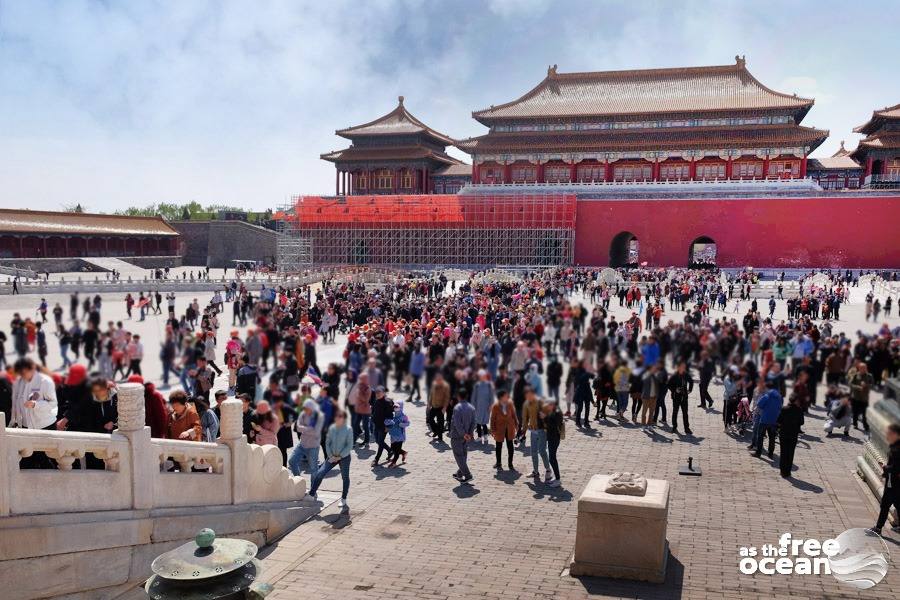
Despite the high number of tourists, the security check and the selling of the tickets happened to be surprisingly fast and less than one hour later we found ourselves inside this gigantic palace. While few people had the chance to go inside the Forbidden City during the ancient era, modern times allow visitors to invade almost every corner of it.
At the ticket counter we just had our passport details inserted into the computer instead of receiving a ticket and later at the entrance we had our passports checked in order to enter (make sure that they write the right data when you pay for the entrance to avoid problems when trying to go inside… as it happened to us).
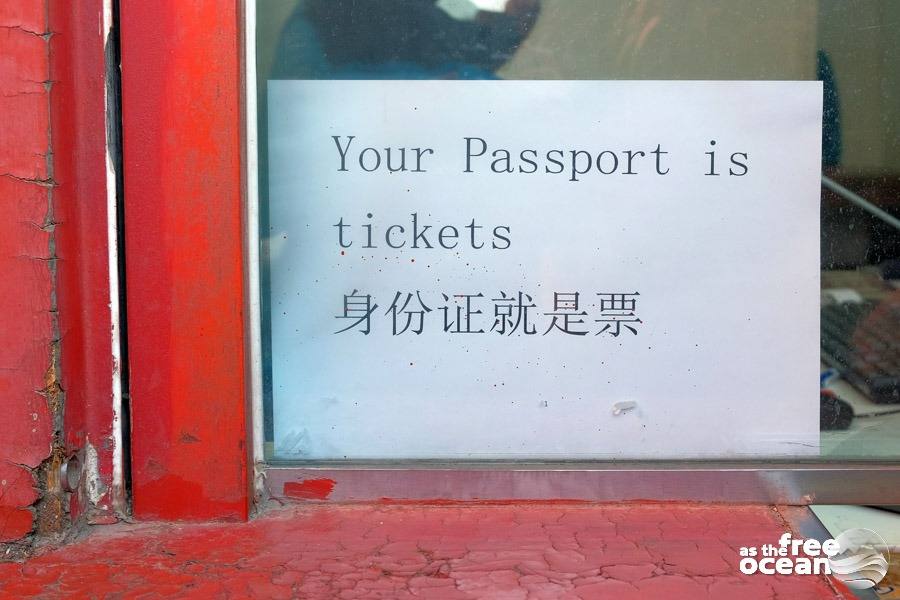
The best view of the Palace Museum we got not from inside, but from an outside hill facing the northern exit, the Jingshan Park. The hill is actually an extension of the Forbidden City. From the top of it, visitors can get a better picture of the way the museum is structured. Designed to be the center of the ancient city of Beijing, the palace is enclosed in a larger area, surrounded by walls, called the Imperial City, which, in turn, is enclosed by the Inner City.
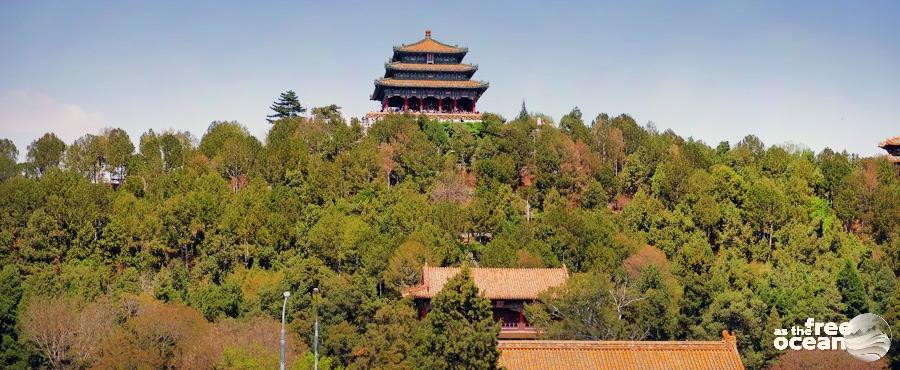
The Temple of Heaven
Going around the walls of the Forbidden City, we walked back to the main entrance, crossed the Tiananmen Square and continued to the southeastern part of central Beijing, where we found a complex of religious buildings known as the Temple of Heaven. The place was used by the emperor for annual ceremonies. We spent another hour here walking around the buildings, finding our way through the crowds that seemed to have invaded every touristic place in the city. The two main attractions of the Temple of Heaven are the Hall of Prayer for Good Harvests and the Circular Mound Altar, two circular structures with a base of marble stones. The area is used by the locals as a space for outdoor social meetings, where they can get together and play card games. We have seen many of them doing so, which gave us the impression that it is a common practice.
While Beijing has much to offer, it requires time, which we had only little from. Short before sunset, we stopped at a local restaurant for dinner and went back to the accommodation. Our one day in Beijing offered us only a bit of enthusiasm compared to the experience of the following days when we would discover some of the ancient secrets of the Great Wall of China.
Click here for more pictures from Beijing.

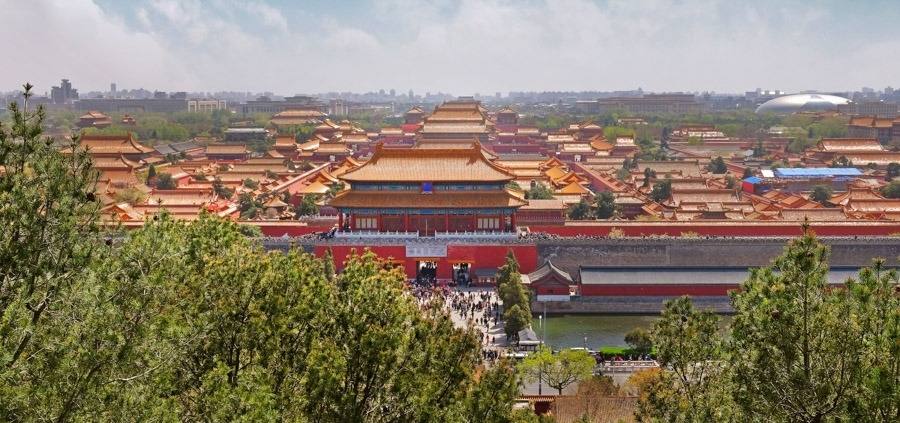
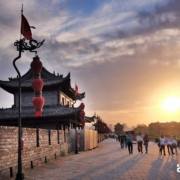
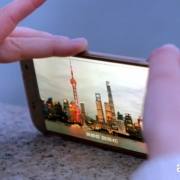
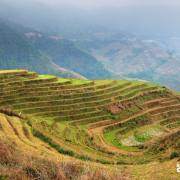
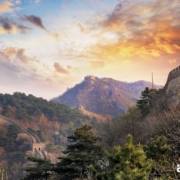
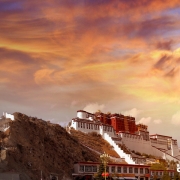
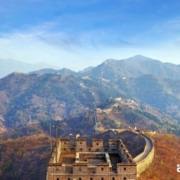


Leave a Reply
Want to join the discussion?Feel free to contribute!